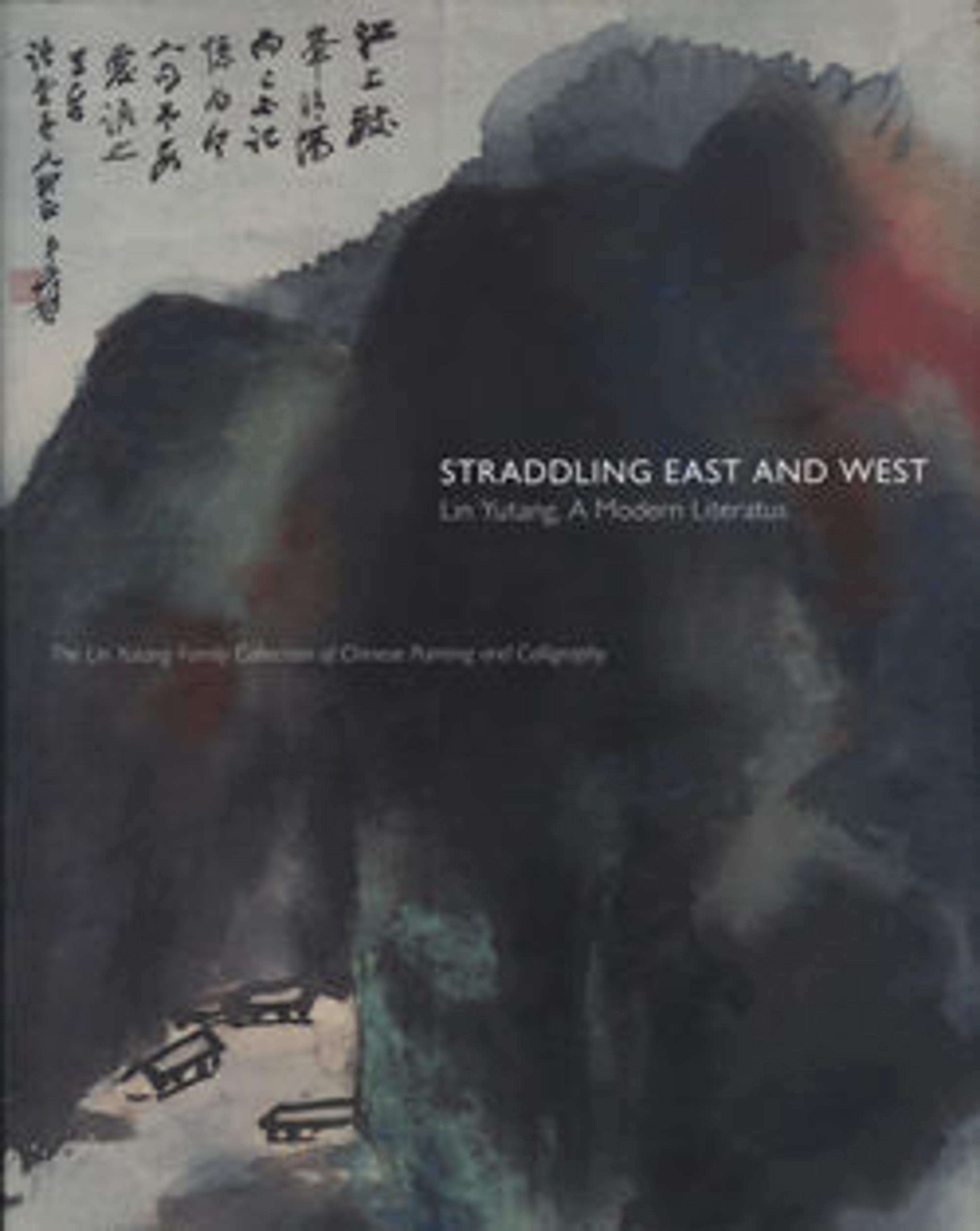Two Poems
Here, Xu Beihong transcribes two of his own poems for Lin Yutang's daughter, Taiyi:
Toward the edge of a lush forest are hundreds of dwellings.
Stretching my eyes across the chilly river, I hear evening crows cry.
How I love the brimming waters bounding eastward,
Which give up their purity for the sands of the Ganges.
The Rajmahal palace was built on the Ganges River.
I first visited it in the twenty-ninth year of the Republic [1940].
The clear sky is especially lovely tonight.
Leaning against the window, I feel only the chill of moonlight.
Dining by lamplight, life is so difficult,
Facing a vase of plum blossoms, I eat my dried biscuits.
This was a sketch of my life at the Central University at Shapingju [Shapingba, in Chongqing] in the twenty-seventh year of the Republic [1938]. It has been almost five years since then. Although life is hard, it has improved a little.
(trans. by Shi-yee Liu)
Xu Beihong modeled his calligraphy on the "singular yet correct" writing styles of the eras prior to the formalization of rules and methods
during the Tang dynasty (618–907). The component strokes of individual characters convey a sense of weightiness and precarious balance, while the central axis of characters occasionally tilts to one side, adding a certain gestural charm.
Toward the edge of a lush forest are hundreds of dwellings.
Stretching my eyes across the chilly river, I hear evening crows cry.
How I love the brimming waters bounding eastward,
Which give up their purity for the sands of the Ganges.
The Rajmahal palace was built on the Ganges River.
I first visited it in the twenty-ninth year of the Republic [1940].
The clear sky is especially lovely tonight.
Leaning against the window, I feel only the chill of moonlight.
Dining by lamplight, life is so difficult,
Facing a vase of plum blossoms, I eat my dried biscuits.
This was a sketch of my life at the Central University at Shapingju [Shapingba, in Chongqing] in the twenty-seventh year of the Republic [1938]. It has been almost five years since then. Although life is hard, it has improved a little.
(trans. by Shi-yee Liu)
Xu Beihong modeled his calligraphy on the "singular yet correct" writing styles of the eras prior to the formalization of rules and methods
during the Tang dynasty (618–907). The component strokes of individual characters convey a sense of weightiness and precarious balance, while the central axis of characters occasionally tilts to one side, adding a certain gestural charm.
Artwork Details
- 現代 徐悲鴻 行書二詩 冊頁
- Title:Two Poems
- Artist:Xu Beihong (Chinese, 1895–1953)
- Period:Republic period (1912–49)
- Date:dated 1942
- Culture:China
- Medium:Album leaf; ink on paper
- Dimensions:Image: 10 5/8 x 18 1/2 in. (27 x 47 cm)
Overall with rollers: 44 1/2 x 26 3/8 in. (113 x 67 cm) - Classification:Calligraphy
- Credit Line:The Lin Yutang Family Collection, Gift of Richard M. Lai, Jill Lai Miller, and Larry C. Lai, in memory of Taiyi Lin Lai, 2005
- Object Number:2005.509.16
- Curatorial Department: Asian Art
More Artwork
Research Resources
The Met provides unparalleled resources for research and welcomes an international community of students and scholars. The Met's Open Access API is where creators and researchers can connect to the The Met collection. Open Access data and public domain images are available for unrestricted commercial and noncommercial use without permission or fee.
To request images under copyright and other restrictions, please use this Image Request form.
Feedback
We continue to research and examine historical and cultural context for objects in The Met collection. If you have comments or questions about this object record, please contact us using the form below. The Museum looks forward to receiving your comments.
